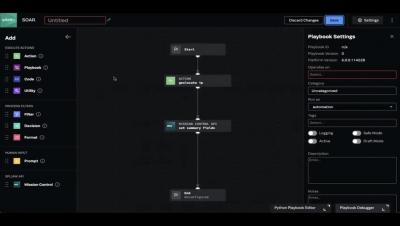Authentication vs. Authorization
Authentication and authorization are two key processes that ensure only trustworthy and verified users can gain access to authorized system resources and data. They enable your organization’s information security — your ability to protect sensitive information against unauthorized access. Although these two processes are used interchangeably, they have several fundamental differences.











